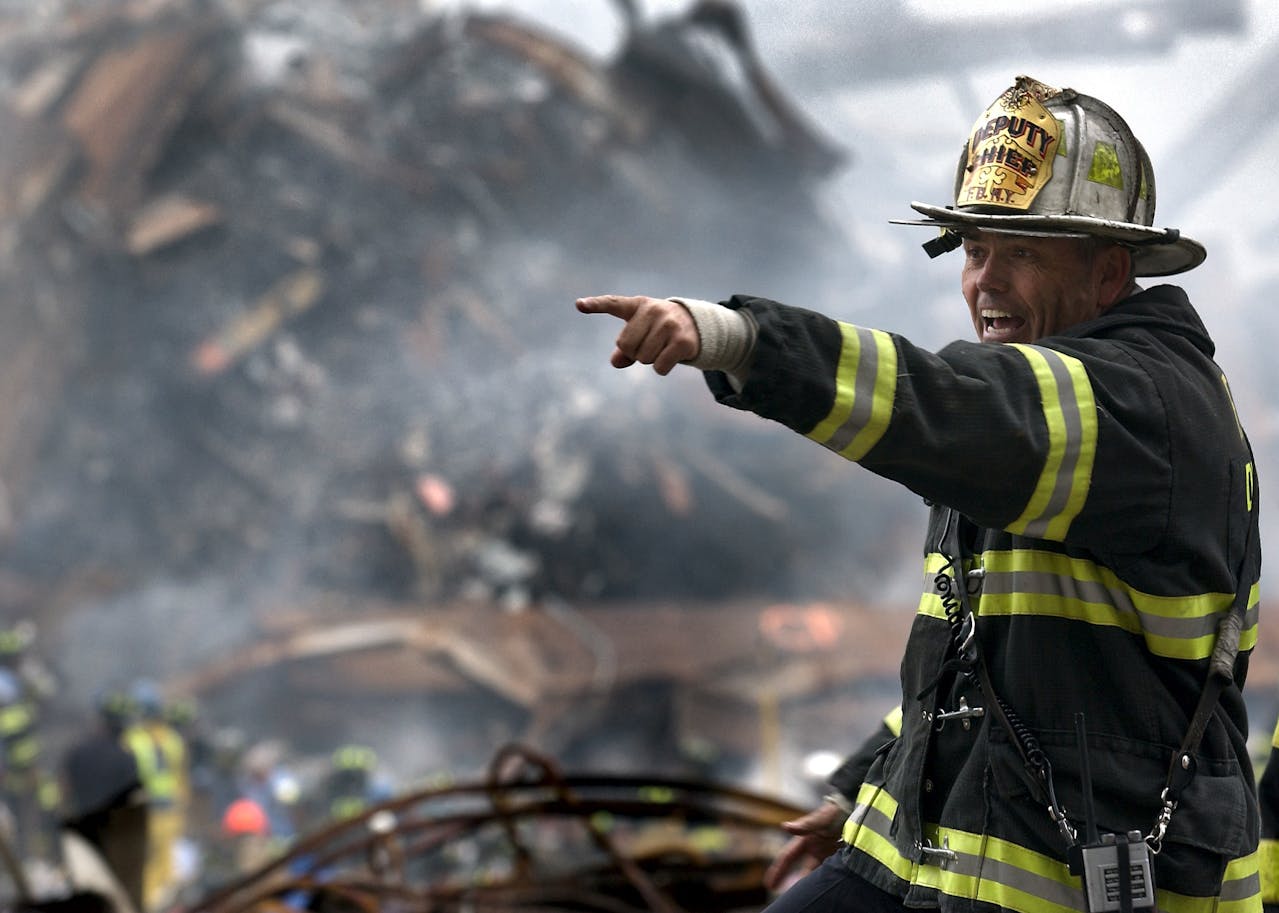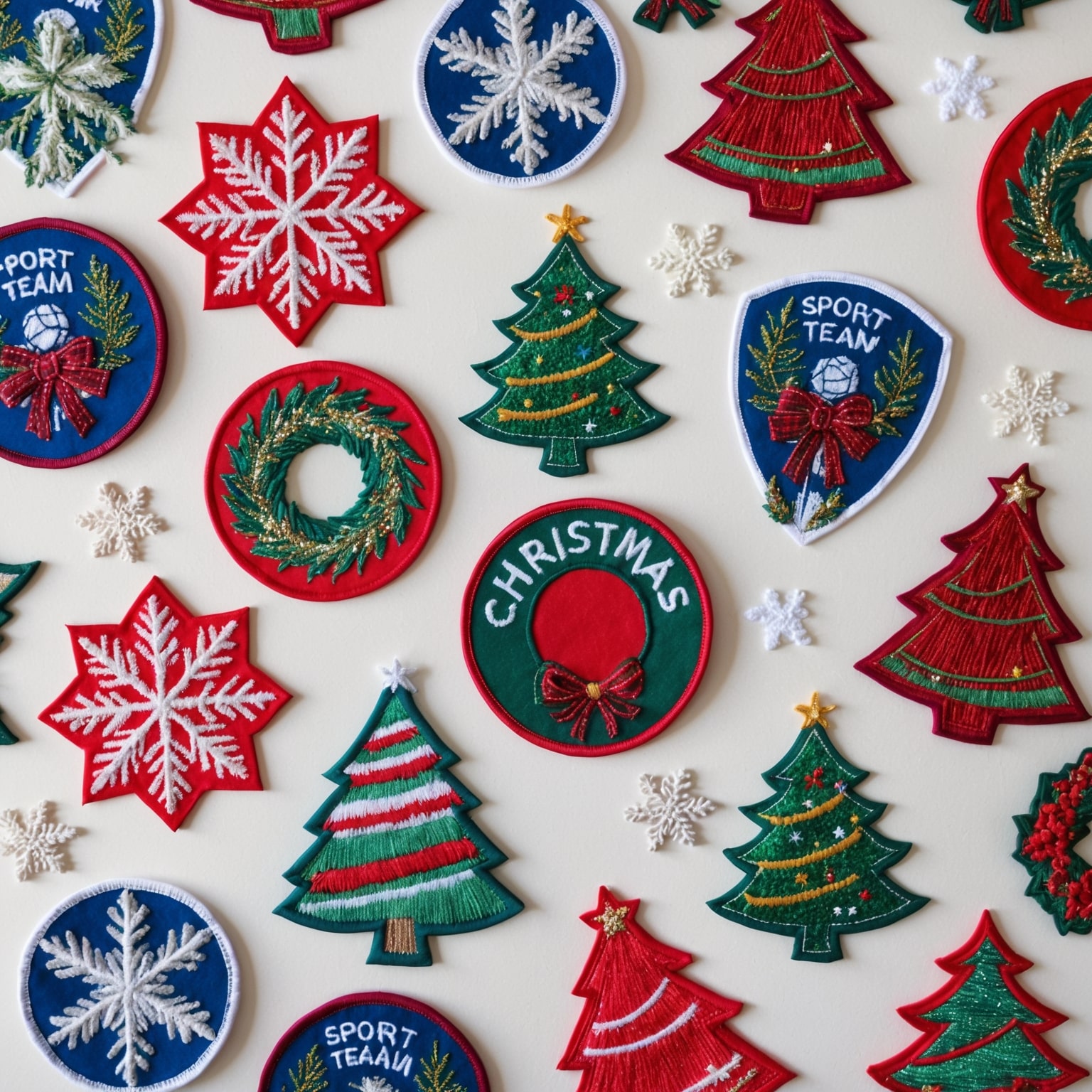The Emblematic Significance of Fire Department Patches
Fire department patches are more than just decorative elements sewn onto uniforms; they are powerful symbols of pride, honor, and history. These patches serve as a visual representation of the departments they belong to, encapsulating their unique identities, missions, and traditions. For firefighters, these emblems are a source of pride, often worn as badges of honor that signify their commitment to public safety and their community.
This article delves into the rich history and heritage of fire department patches, exploring their origins, evolution, and the meanings behind their designs. We will examine how these patches have become integral to the culture of firefighting, their role in fostering camaraderie, and their significance as collectible items that preserve the legacy of fire departments across the world.
1. Origins of Fire Department Patches
How did fire department patches originate, and what were their initial purposes?
Solution: The concept of fire department patches can be traced back to the early days of organized firefighting. As urban areas expanded and the risk of fires grew, organized fire brigades were established to protect life and property. In these early days, firefighters wore simple uniforms that often included badges or insignia to denote their affiliation with a specific brigade.
The origins of these patches were practical and symbolic. Initially, they served as identifiers, distinguishing members of different brigades or units. This was particularly important during large fires where multiple brigades might be present. The patches provided a way to quickly identify and differentiate personnel from various departments.
Over time, as firefighting organizations became more formalized and professionalized, the patches evolved to include more detailed information about the department, such as its name, location, and specific unit. These patches became a source of pride for firefighters, symbolizing their membership in a distinguished group dedicated to public service.
2. Evolution of Patch Designs
How have the designs of fire department patches evolved over time?
Solution: The evolution of fire department patch designs reflects changes in technology, aesthetics, and the expanding role of fire services.
Early Designs: In the early 20th century, fire department patches were relatively simple, often featuring basic symbols such as crossed axes, ladders, or fire helmets. These symbols were universally recognized as representing firefighting.
Mid-20th Century: As embroidery technology advanced, patches became more elaborate. Departments began incorporating detailed images, such as cityscapes, local landmarks, or state symbols. Colors became more vibrant and varied, allowing for more creative and distinctive designs.
Modern Designs: Today, fire department patches often incorporate a blend of traditional and modern elements. While classic symbols like the Maltese Cross remain popular, many patches also include elements that reflect the specific community or the department’s unique history. Some patches feature modern firefighting equipment, digital imagery, or references to specialized units within the department, such as hazardous materials teams or urban search and rescue.
The evolution of patch designs not only reflects technological advancements but also the growing complexity and specialization within fire services.
3. Symbolism and Meaning in Fire Department Patches
What common symbols and meanings are found in fire department patches?
Solution: Fire department patches are rich in symbolism, often incorporating elements that convey the values, mission, and identity of the department.
Common Symbols and Their Meanings:
- Maltese Cross: A universal symbol in firefighting, the Maltese Cross represents courage, honor, and a commitment to saving lives. It is a prominent feature in many fire department patches.
- Axes and Ladders: These tools symbolize the essential equipment used in firefighting and rescue operations. They are often depicted crossed, representing teamwork and readiness.
- Flames: Flames represent the primary danger that firefighters face. Their inclusion in patches often symbolizes the bravery and resolve required to confront and extinguish fires.
- Fire Helmets: Fire helmets are a symbol of the protective gear that keeps firefighters safe. They are often used to represent the individual’s role within the department.
- Local Elements: Many patches include local landmarks, flags, or other symbols that represent the specific community the department serves. This fosters a sense of local pride and connection.
The combination of these symbols creates a visual narrative that communicates the department’s identity, history, and values.
4. The Role of Patches in Fire Department Culture
How do fire department patches contribute to the culture and camaraderie within firefighting organizations?
Solution: Fire department patches play a significant role in fostering a sense of identity, pride, and camaraderie among firefighters.
Identity and Unity: Patches help create a strong sense of identity and unity within a department. Wearing a patch that symbolizes their department’s history and values reinforces a firefighter’s commitment to their team and community.
Recognition and Achievement: Special patches are often created to recognize significant achievements, such as completing training programs, participating in major incidents, or reaching service milestones. These patches become symbols of personal and collective accomplishment, reinforcing the department’s values.
Tradition and Heritage: Patches are an important part of the tradition and heritage of firefighting. They are often passed down through generations, with retired firefighters’ patches sometimes being preserved and displayed to honor their service.
Collectibility and Exchange: The practice of collecting and exchanging patches is common among firefighters. This not only fosters a sense of camaraderie but also helps build connections with other departments and agencies.
Through these roles, fire department patches become more than just uniform decorations; they are integral to the social fabric and traditions of firefighting.
5. Collecting Fire Department Patches
Why are fire department patches popular collectibles, and how can one start a collection?
Solution: Fire department patches are popular collectibles due to their historical significance, unique designs, and the stories they represent. For both current and retired firefighters, as well as enthusiasts, these patches offer a tangible connection to the history and culture of firefighting.
Starting a Collection:
- Choosing a Focus: Collectors often focus on specific themes, such as patches from a particular state, country, or era. Others may collect patches from specific types of units, such as EMS or K-9 units.
- Acquiring Patches: Patches can be acquired through various means, including online marketplaces, collector shows, and trades with other collectors. Many departments also sell patches as a form of fundraising.
- Preservation: Proper preservation is key to maintaining the quality of a patch collection. Patches should be stored in a controlled environment, away from direct sunlight and moisture. Display options include frames, albums, or shadow boxes.
Ethical Considerations: It’s important to respect the significance of fire department patches and avoid purchasing or trading patches that may have been obtained unethically.
Collecting fire department patches is a way to celebrate and preserve the legacy of fire services, providing a window into the diverse history of firefighting.
6. Commemorative and Special Edition Patches
What is the significance of commemorative and special edition patches in the firefighting community?
Solution: Commemorative and special edition patches are created to mark significant events, anniversaries, or achievements within the firefighting community. These patches hold particular significance and are highly valued by both the department members and collectors.
Examples of Commemorative Patches:
- Anniversary Patches: These are created to celebrate milestones in a department’s history, such as a 100-year anniversary. They often feature special designs that highlight the department’s longevity and history.
- Event Patches: Created to commemorate specific events, such as a department’s response to a major fire or disaster. These patches often include the date and details of the event.
- Special Unit Patches: Certain units within a department, such as SWAT, bomb squads, or dive teams, may have their own unique patches. These often feature specialized symbols and are used to recognize the unique skills and responsibilities of the unit.
Commemorative patches serve as a lasting reminder of important moments and achievements, preserving the history and legacy of the department.
7. Modern Trends in Patch Design
How have modern trends influenced the design of fire department patches?
Solution: Modern trends have influenced the design of fire department patches in several ways, integrating contemporary aesthetics and technology while preserving traditional elements.
Trends in Modern Patch Design:
- Digital Embroidery: Advances in digital embroidery technology allow for more intricate and precise designs. This technology enables the creation of detailed images, gradients, and text.
- Custom Shapes and Sizes: While traditional round or shield-shaped patches remain popular, there is a growing trend toward custom shapes that reflect the department’s unique identity or the specific event being commemorated.
- Diverse Themes: Modern patches often reflect a broader range of themes, including diversity, inclusion, and community engagement. This can include representations of different ethnic groups, gender inclusivity, or community partnerships.
- Eco-Friendly Materials: There is an increasing emphasis on using sustainable and eco-friendly materials in patch production, reflecting broader environmental consciousness.
These trends reflect the evolving nature of fire services and their role in contemporary society, highlighting a commitment to innovation, inclusivity, and environmental responsibility.
8. The Role of Patches in Public Outreach and Community Engagement
How do fire department patches contribute to public outreach and community engagement?
Solution: Fire department patches play a significant role in public outreach and community engagement. They serve as symbols of the department’s commitment to public safety and can help build positive relationships with the community.
Ways Patches Contribute to Outreach:
- Educational Programs: Patches are often used in educational programs, given to children and community members during station tours or safety presentations. They serve as a tangible reminder of the fire department’s presence and role in the community.
- Fundraising and Charity: Many departments sell patches to raise funds for various causes, such as equipment upgrades, charity events, or support for fallen firefighters’ families. These sales help engage the community and raise awareness of important issues.
- Community Partnerships: Patches can symbolize partnerships with local organizations, schools, or businesses. They may be used to commemorate joint initiatives or collaborations that benefit the community.
Through these efforts, fire department patches help strengthen the bond between the fire service and the community, fostering trust and cooperation.
9. Preservation and Display of Fire Department Patches
What are the best practices for preserving and displaying fire department patches?
Solution: Proper preservation and display are crucial for maintaining the quality and longevity of fire department patches. This ensures they remain in good condition and can be appreciated for years to come.
Best Practices for Preservation:
- Storage Conditions: Store patches in a cool, dry environment, away from direct sunlight. Avoid areas with high humidity, which can cause mold and mildew.
- Protective Covers: Use protective covers, such as plastic sleeves or archival-quality materials, to prevent dust, dirt, and physical damage.
- Avoid Adhesives: Do not use adhesives or glue on patches, as these can damage the fabric and embroidery.
Display Options:
- Frames and Shadow Boxes: Displaying patches in frames or shadow boxes protects them from environmental factors and makes them easy to view. Use acid-free backing materials to prevent damage.
- Albums and Binders: Albums with clear plastic sleeves are a practical way to organize and display a collection. They allow for easy viewing and protect the patches from handling.
- Rotating Displays: Consider rotating the display of patches to prevent prolonged exposure to light, which can cause fading.
Proper care and thoughtful display enhance the aesthetic appeal of a patch collection while preserving its historical and sentimental value.
10. Fire Department Patches as Historical Artifacts
How are fire department patches valuable as historical artifacts?
Solution: Fire department patches are valuable historical artifacts that provide insights into the history and evolution of firefighting. They offer a unique perspective on the social, cultural, and technological changes within the fire service over time.
Historical Value of Patches:
- Documentation of Change: Patches can document changes in uniform styles, department names, and organizational structures. They reflect the evolution of firefighting techniques and equipment.
- Cultural Significance: Patches often include symbols and imagery that reflect the cultural values and identity of a community. They provide a visual record of how these values have evolved.
- Commemoration of Events: Many patches commemorate significant events, such as major fires, natural disasters, or the establishment of fire departments. They serve as historical records of these events and the role of the fire service in responding to them.
As historical artifacts, fire department patches are important for preserving the legacy of firefighting and providing a tangible connection to the past.
The Enduring Legacy of Fire Department Patches
Fire department patches are more than just uniform accessories; they are symbols of pride, honor, and heritage. They reflect the unique identity and values of each department, commemorating significant events and achievements. From their origins as simple identifiers to their modern role as intricate symbols of service, these patches have evolved into cherished artifacts that preserve the history and legacy of firefighting.
As collectors, firefighters, and enthusiasts continue to appreciate and preserve these patches, they ensure that the rich heritage of fire departments is honored and remembered. Whether displayed in collections, traded among peers, or worn with pride, fire department patches remain a powerful emblem of the bravery, dedication, and community spirit that define the firefighting profession.
If you are interested in purchasing high-quality custom patches, feel free to call us at 1-877-503-8485 or fill out one of our FREE quotes here.




